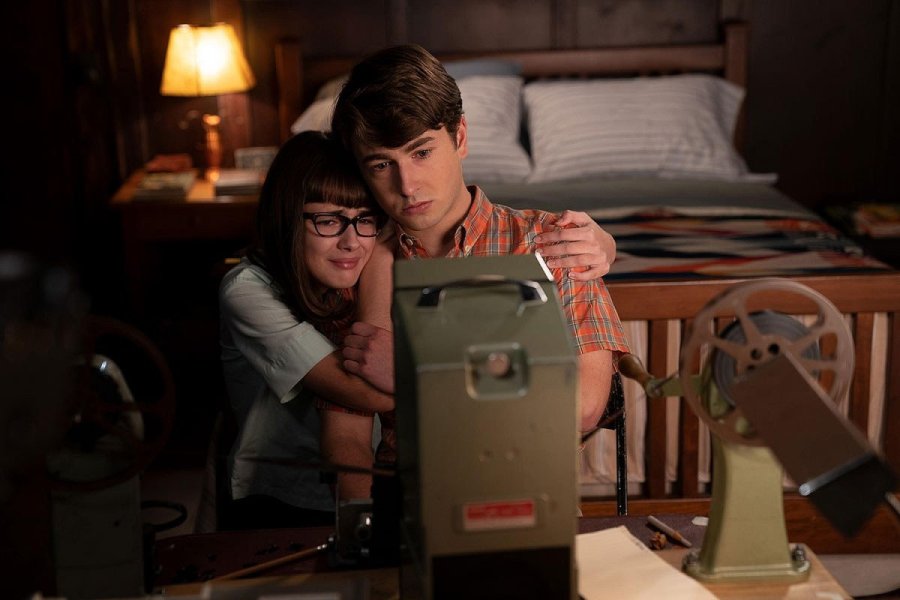FOXTROT LAMONT
One Too Many
- Messages
- 1,722
- Location
- St John's Wood, London UK
Double Indemnity haven't glanced recently but read somewhere that Fred MacMurry was once the highest paidSince we are on the subject of ankle bracelets, Ms. Stanwyck's in "Double Indemnity" deserves a shout out:
actor in Hollywood. Ms Stanwyck is a favourite lady thespian and like her co-star MacMurry could hold her own
and an entire film together.
The ankle bracelet wear is something to remark as film prop worn still I fail to find any significance for it.
I come from middle class stock, and lower midlands that truth told, so at Cambridge and Army patrician sons wore
gold signet rings left hand lesser finger. Family crest carved or whatever. Natural selection Darwinism prevailed
all thru this England yet. And the great landed estates all fall victim to the Crown.



